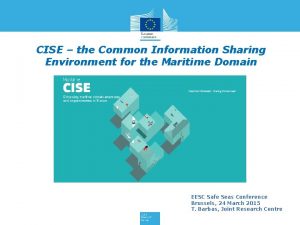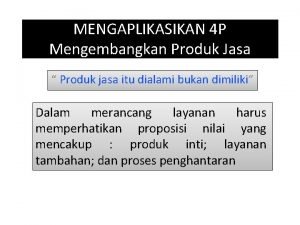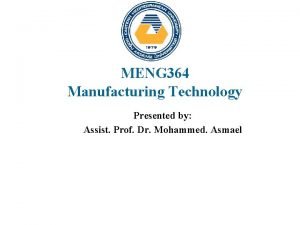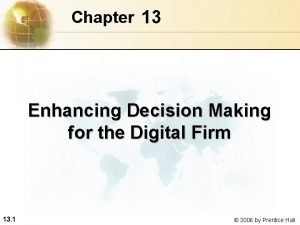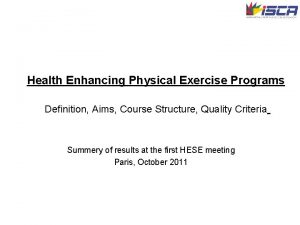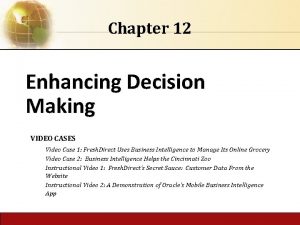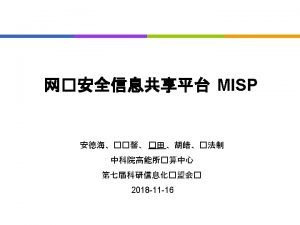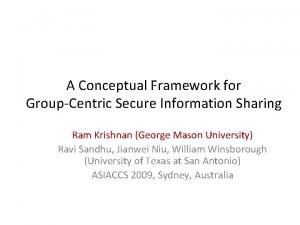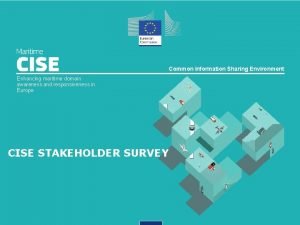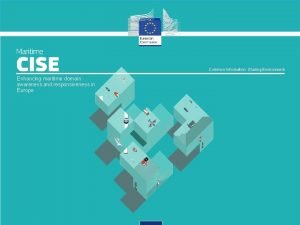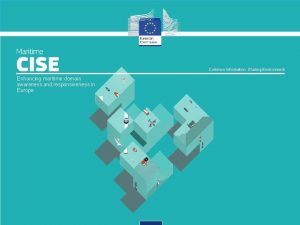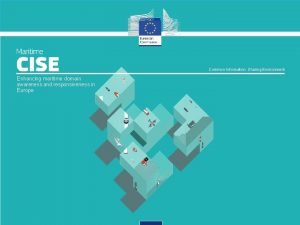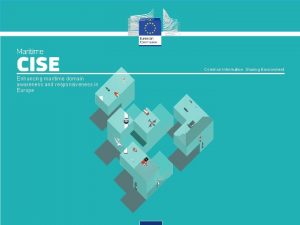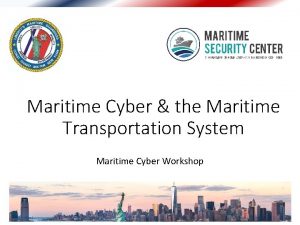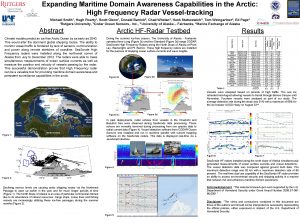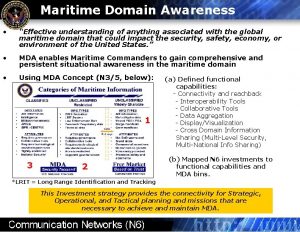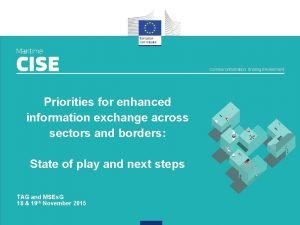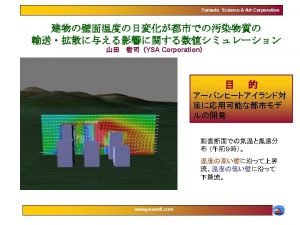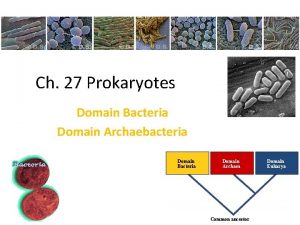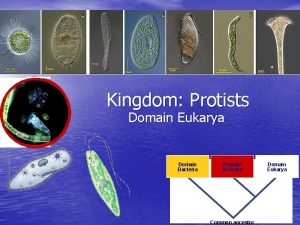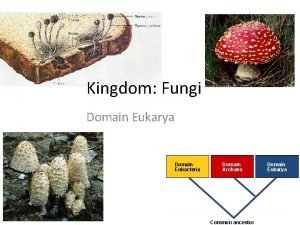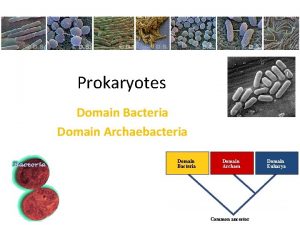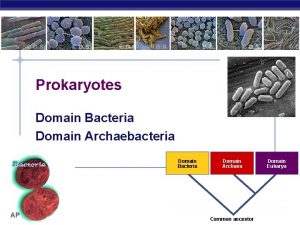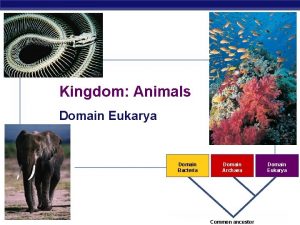Common Information Sharing Environment Enhancing maritime domain awareness




























- Slides: 28

Common Information Sharing Environment Enhancing maritime domain awareness and responsiveness in Europe www. jrc. europa. eu Serving society Stimulating innovation Supporting legislation Franco Oliveri EUCISE 2020 – Industry Day Bruxelles, September, 23 rd

Common Information Sharing Environment (CISE) for Maritime Surveillance The CISE aims at creating a political, cultural, legal and technical environment to enable information sharing between existing and future surveillance systems and networks 23 February 2021 2

Motivation To have more data is important To have them at the very moment they are needed is crucial Computers could automatically exchange most of the data needed by the users Human intervention should be kept to a minimum, ensuring the control of the information exchange rules

To exchange information, Interoperability is the key word The European Interoperability framework identifies four levels of interoperability: Legal interoperability Organisational Interoperability Semantic Interoperability Technical Interoperability

Semantic Interoperability Computers, like human beings, do not understand each other if they There has been speak different languages. C’e’ stata una collisione che ha coinvolto due navi al largo di Olbia Entschuldigung, was hast du gerade gesagt? a collision involving two vessels in front of Olbia We have assets there, let us know how we can support your operations. Our satellite images show that the collision caused a large oil leakage. Pardon? Qu'est-ce que tu as dit? First step: common language, 5 i. e. standardized Data Model

Technical Interoperability Computers do not understand each other if they use different communication means. Second step: common communication means 6

What will CISE be made of? • some hardware (for interfacing to the network) • quite a bit of software • but mostly, specifications and rules: • Data Models - the structure and the meaning of the data exchanged • Services – the way used by requester to ask the data and by the provider to deliver them • Gateway / Communication Protocol – the manner with which the different participants access the network • Security – the key rules to ensure that the data exchanged through CISE will not be compromised

CISE also needs an Architecture The Technical Advisory Group (TAG) identified several Architecture Visions. They were described according to the European Interoperability Framework Legal Organisational Semantic Technical evaluated along 3 criteria Cost Functional coverage Sustainability combined into a hybrid Architecture Vision for CISE Maximum flexibility to the Member States based a set of Building Blocks Hybrid Vision for CISE

CISE Building Blocks Registry of services Registry of authorities MS A Legacy System MS A Gateway Collaborative platform Authentication services MS B Gateway MS B Legacy System

. SI CI SE EC UR RS MA ional Nat de No . . P ES CIS S. P. CIS CI Internet + secured communication protocols Member State Y SE e CI rvic er Se ovid Pr C S ISE P erv r ov ice ide r PA Member State X SE CI vice r r e Se vid o Pr National Coordination Centre CISE S. P. PA PA PA National Single Window Consumer of CISE Services PA Public Administration directly providing CISE Services E-Custom CISE S. P . EUROSU R . P. SE S. P . Supporting websites such as the registry of authorities ES Services for exchange of Security re Border lated data S Em EIS od / Ne t CISE Hybrid Vision EN A . H D. E Safe. Sea. Net (IMDat. E) Services for exchange of Maritime transport related data

What are the roles in the implementation of CISE? Each authority/agency that participates in CISE will: CISE • Identify data needs from CISE End user’s system • Identify the data willing to share through CISE (from their existing systems) Translator Gateway Translator • Build a translator: CISE data model Internal Data model • Implement the CISE Services to consume/provide data to other CISE participants (in the existing systems) • Integrate the reference implementations of the Gateway and the Communication Protocol provided by the EC in its system, or implement its own gateway and protocol based on the common specifications

What happens when a user needs additional data CISE Note: Envelopes represent network messages, not traditional mails

What happens in the requesting computer Prepareinthe Search therequest localof Retrieve the rules to be sent to the Data Base for a the service and system of the suitable service address of the providing authorities provided by other system of the in accordance with authorities through providing authorities CISE rules CISE 13

What happens in the providing computers Verify requestor’ Package the data sto Retrieve access based be sentrights to the requested data and also on the purpose requesting authority translate them into of the request and send them in CISE Data Model accordance with CISE rules CISE

Key Objectives of EUCISE 2020 The EUCISE 2020 should be able to execute the end-to-end exchange of data among legacy systems of different sectors in different countries. It should be possible to “see” data provided by the legacy system X in the Country A on the screen of a legacy system Y in the Country B. MS A Legacy System MS B Legacy System EUCISE 2020 MS B Legacy System It should be possible to assess that the information has been exchanged in an automated manner, and applying the Access Policies defined by the owner of the system Y. 23 February 2021 15

Desired Features of EUCISE 2020 solution • Versatility: enable the exchange of a wide range of data. • Neutrality: the proposed solution should be based on open standards. • Scalability: to support the exchange of new data/message formats as well as an enlarged number of participants and an increased flow of data. • Flexibility: the solution should enable the interconnection of participants regardless of the organisational (architectural) solution implemented at national and European level as described in the CISE Hybrid Architecture document. Reuse of existing solutions should be privileged (e. g. e. Sens) 23 February 2021 16

Desired Features of EUCISE 2020 solution • Low impact: the interoperability solution should be designed to generate the lowest cost of implementation at national level. • Low cost of entry: the cost to connect to CISE should be proportional to the type and amount of data exchanged, keeping the “entry” cost at the minimum possible level. • Security: the solution must meet adequate security standards also allowing and managing the possibility to connect through network with different level of security. • Access Rights definition and Management: the data dissemination policy must be decided and implemented by the data owners in accordance with EU legislation on data protection. 23 February 2021 17

EUCISE 2020 Validation Detection and behaviour monitoring of IUU listed vessels Suspect Fishing vessel is coopering with other type of vessels (m/v, Container vessel etc. ) Knowledge of risk assessment from neighboring countries authorities to plan basic tactical surveillance Inquiry on a specific suspicious vessel (crew and ownership related) Use Cases Request for all available assets in a zone to plan an operation Antipollution tasks: investigation (law enforcement) Monitoring of all events happening at sea for intervention readiness Request for any information confirming the identification, position and activity of a vessel

Thank You For more information: https: //webgate. ec. europa. eu/maritimeforum/en/cise www. jrc. europa. eu Serving society Stimulating innovation Supporting legislation

Legal interoperability Authorities involved in cross border information exchange should carefully consider all relevant legislation relating to data exchange, including data protection legislation. The impact assessment study carried out in preparation of the COM(2014) 451 of 8 July 2014 on CISE outlined that NO legal limitation exists at European Level for the Information relevant to CISE. Nevertheless, the same communication states that the participation of Authorities in CISE will be on a voluntary basis. 23 February 2021 20

Organisational Interoperability Organisational interoperability is concerned with how organisations cooperate to achieve their mutually agreed goals. Organisational interoperability implies integrating business processes and related data exchange. Organisational interoperability also aims to meet the requirements of the user community by making services available, easily identifiable, accessible and user-focused. 23 February 2021 21

Organisational Interoperability CISE does not imply a change of responsibility CISE will not create new IT systems CISE will not replace or duplicate existing initiatives CISE will help existing systems to support their users more effectively through better information

The CISE Hybrid Vision European Sectorial Node Regional Node Public Authority System 1 Public Authority System 2 National Gateway (routing) CISE Network Public Authority System 1 National Node (storing/fusion) Public Authority System 2 23 February 2021 23

CISE Gateway’s functions Data Services (Service Model) Monitoring / Traceability Translation (Data Model) CISE Gateway Orchestration (Enterprise Service Bus) Authentication / Access Control Business Rule Engine

Node Data Fusion Advanced Value Added Services Data Storing Data Services (Service Model) Monitori ng / Traceabil ity Translati on (Data Model) Gateway Business Authenticatio n /Rule Access Engine Control Orchestration (ESB) Business Rule Engine

CISE Principles CISE must allow interlinking any public authority in the EU and in the EEA involved in maritime surveillance. CISE must increase maritime awareness based on need-to-know and responsibility-to-share principles. CISE must privilege a decentralised approach at EU-level. CISE must allow interoperability among civilian and military information systems. CISE must allow interoperability among information systems at the European, national, sectoral and regional level. CISE must privilege reuse of existing tools, technologies and systems. CISE must be system neutral. CISE must make it possible for information providers to change their service offering. CISE must allow seamless and secure exchanges of any type of information relevant for maritime surveillance.

Coop. P Use Cases No 13 c 25 b Use case description Inquiry on a specific suspicious vessel (crew and ownership related) Antipollution tasks: investigation (law enforcement) Monitoring of all events happening at sea for intervention readiness Request for any information confirming the identification, position and activity of a vessel of interest Request for all available assets in a zone to plan an operation Knowledge of risk assessment from neighboring countries authorities in a given sea area to plan basic tactical surveillance Suspect Fishing vessel is coopering with other type of vessels (m/v, Container vessel etc. ) Detection and behaviour monitoring of IUU listed vessels BC+LE Custom Defenc X Env X Fish Safety X X X These use cases are quite representative and well X 37 44 X X X X X X documented, thanks to the work of TAG and of the 57 63 70 93 Coop. P, but they are far from being exhaustive: 23 February 2021 EUCISE 2020 should go forward 27

Desired Features of EUCISE 2020 solution EUCISE 2020 should achieve technical and operational consistency as well as complementarity with existing maritime informationexchange systems. Reuse of existing solutions should be privileged (e. g. e. Sens). The information exchange systems enshrined in EU law (SSN, EUROSUR, NSW, etc. ), as well as other non-compulsory information -exchange systems already implemented at EU and regional level should be taken into account. Relevant agencies (among others EFCA, EMSA, FRONTEX and EDA) as well as competent Commission services should be involved whenever possible and needed. 23 February 2021 28
 Common information sharing environment
Common information sharing environment Arctic domain awareness center
Arctic domain awareness center Privacy awareness and hipaa privacy training cvs
Privacy awareness and hipaa privacy training cvs Customer driving marketing
Customer driving marketing Awareness of ourselves and our environment is
Awareness of ourselves and our environment is Awareness of ourselves and our environment
Awareness of ourselves and our environment Awareness of ourselves and our environment
Awareness of ourselves and our environment Awareness of ourselves and our environment is
Awareness of ourselves and our environment is Four enhancing qualitative characteristics
Four enhancing qualitative characteristics Enhancing professional practice
Enhancing professional practice Charlotte danielson framework
Charlotte danielson framework Enhancing personal effectiveness
Enhancing personal effectiveness Contoh pengembangan produk jasa
Contoh pengembangan produk jasa Enhancing thermal conductivity of fluids with nanoparticles
Enhancing thermal conductivity of fluids with nanoparticles Enhancing the performance of grade vi-c
Enhancing the performance of grade vi-c Privacy-enhancing computation
Privacy-enhancing computation Explain property enhancing operations
Explain property enhancing operations Text box formatting
Text box formatting Enhancing professional practice a framework for teaching
Enhancing professional practice a framework for teaching Enhancing decision making
Enhancing decision making History of performance enhancing drugs
History of performance enhancing drugs Health enhancing definition
Health enhancing definition Enhancing decision making
Enhancing decision making 7 golden rules of information sharing poster
7 golden rules of information sharing poster Sharing of diverse information through universal web access
Sharing of diverse information through universal web access 7 golden rules of information sharing
7 golden rules of information sharing Malware information sharing platform
Malware information sharing platform Trends of ict assistive media
Trends of ict assistive media Secure information sharing
Secure information sharing
